
It’s important to take care of yourself at every age, but as you get older and your body changes — not to mention your lifestyle and the daily responsibilities that take a toll on your body both physically and mentally — it's a good idea to adjust the ways you take care of yourself. And we're not talking geriatric; we're talking about protecting your health in your 20s and 30s! (Have you noticed how bad your hangovers are these days?)
While every single body is different and has different needs, there are some things that every woman can and should make a note of as she gets a little older. We've outlined just 14 ways that you need to protect your health in your 20s and your 30s.
1. Skin Care From Head to Toe

While you’ve surely been diligently washing your face since you were a kid, and you probably started putting more effort into your face-cleansing routine as a teen to deal with pesky pimples, by the time you hit your 20s and 30s, it’s time to specialize your skin care from head to toe. For your face, you’ll want to start investing in products that specifically suit your skin type (e.g., oily, dry, sensitive) and address any issues you might have (e.g., zombie-like circles under your eyes or ginormous pores).
You also need to take care of the skin on the rest of your body, so remember to moisturize your lips with your balm of choice and add some cream to your hands and feet whenever they feel dry. Use a moisturizing body wash in the shower to keep the rest of your skin silky while also adopting a morning and nighttime skin care routine that will not only nourish your body but also feel like you’re pampering yourself every single day.
Most important, don't forget to apply sunscreen! While everyone loves a glowing tan, sun exposure is one of the quickest ways to age your skin (other than smoking) and can lead to skin cancer.
2. Drink the Right Amount of Water (Which Varies)
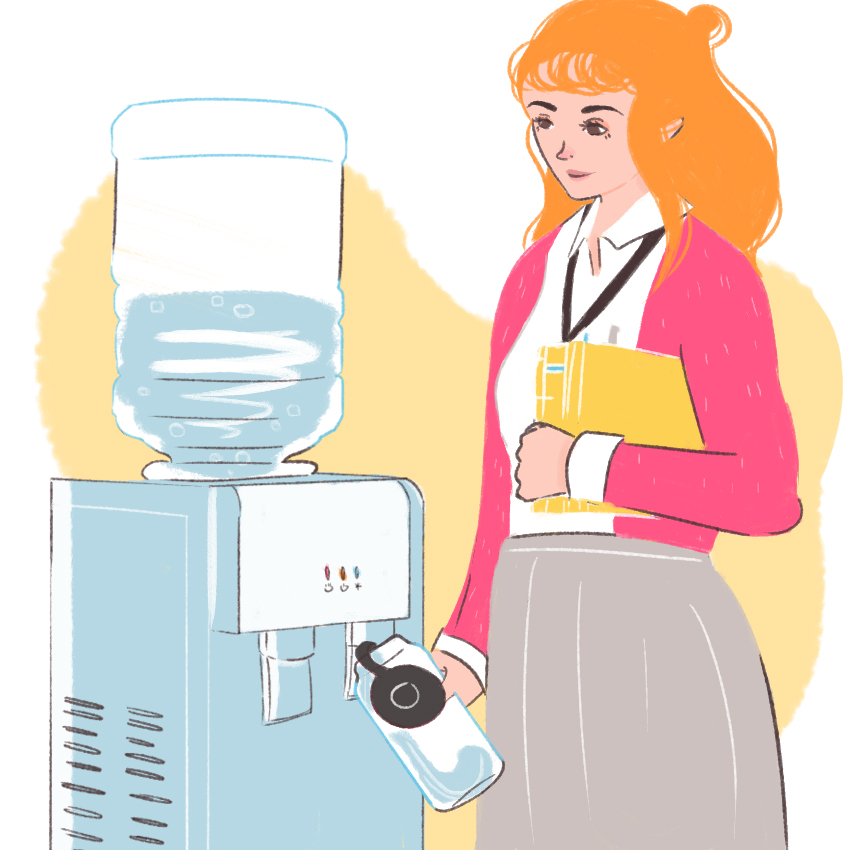
Your entire body needs water to function, and the benefits of drinking the proper amount of H2O includes everything from getting rid of waste and keeping your temperature regulated to lubricating joints, aiding your digestion, and improving your skin. Lack of water can lead to dehydration, which has all kinds of nasty effects. Even mild dehydration can leave you feeling lethargic.
Recommendations for how much water you should drink each day always seem to be changing, but according to the Mayo Clinic, “your individual water needs depend on many factors, including your health, how active you are, and where you live.” The National Academies of Sciences, Engineering, and Medicine says that women should consume around 11.5 cups (2.7 liters) of fluids each day (including the water you get from other beverages and food). To make it easier to remember, the eight glasses of water a day rule is a good goal to aim for.
3. Adopt a Sleep Schedule
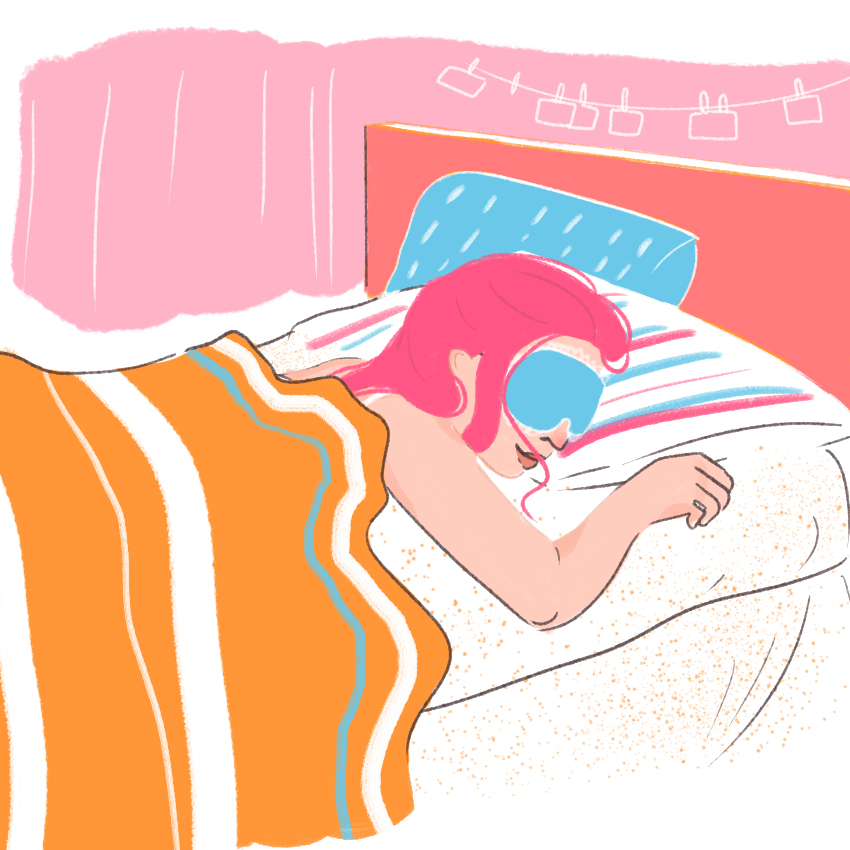
You might have been able to stay up until all hours when you were younger, but as you age, sleep becomes increasingly important. Adopting a regular sleep schedule will ensure that you’re getting the most out of your slumber.
“Ongoing sleep deficiency is linked to an increased risk of heart disease, kidney disease, high blood pressure, diabetes, and stroke,” according to the National Heart, Lung, and Blood Institute. Getting the proper amount of rest helps your brain function, helps maintain a healthy balance of the hormones that make you feel hungry (ghrelin) and full (leptin), and affects how your body reacts to insulin (which in turn can affect your risk for diabetes). Deep sleep triggers the release of the hormone that boosts muscle mass and helps repair cells and tissues. Sleep also plays a role in fertility and keeping your immune system strong.
Harvard Medical School has a few tips on adopting a healthy sleep schedule, including engaging in relaxing activities near bedtime and sticking to your schedule on weekends to maintain your body’s internal clock, which will help you fall asleep and wake up more easily.
4. Perfect Your Posture

It may have seemed like your mom was nagging when she told you to stand up straight when you were a kid, but she was actually trying to help you practice good posture, which is something that you need to take seriously in your 20s and 30s. Bad posture can lead to some surprising health issues including headaches, sleep problems, poor workout recovery, foot pain, carpal tunnel syndrome, fatigue, constipation, high blood pressure, and even bad moods and lack of motivation. Adopting proper posture can help you avoid issues with your neck, shoulders, spine, hips, pelvis, and more.
To improve your posture, be aware of the position of your head, shoulders, pelvis, feet, and toes, and take advantage of quick fixes for each. You can also integrate posture-friendly habits into your life, like using a standing desk or taking up yoga.
5. Evaluate Your Eyes

Years of exposure to the sun and screens can damage your eyes. Plus, sight can just naturally get worse with age, which is why you need to take special care of your peepers in your 20s and 30s. Give your eyes frequent rest, wear sunglasses when outdoors, and go for annual checkups with your optometrist, who will conduct tests for glaucoma, age-related macular degeneration, and cataracts.
6. Take Care of Your Teeth

Your 20s and 30s are when you’ll start to see possible signs of damage to your dental health, including stains, enamel erosion, and gum issues. Not only should you brush, floss, and visit your dentist every six months, there are products that you can use — such as whitening toothpaste and enamel-restoring mouthwash — that can help you with issues that your mouth might face as an adult.
7. Change Your Relationship With Food

The foods that kept you fueled when you were younger can be your worst enemy as an adult. Late-night fast-food runs and endless buffets could now lead to heartburn, not to mention longer-lasting health issues like high cholesterol, so it’s important to eat body-friendly options in your 20s and 30s. Also, watch the amount of alcohol, sugar, and caffeine you consume. Your body’s response to certain things changes as you get older (those hangovers!), and you need to learn to adapt to those changes (as hard as that might be).
8. Adjust Your Exercise Routine
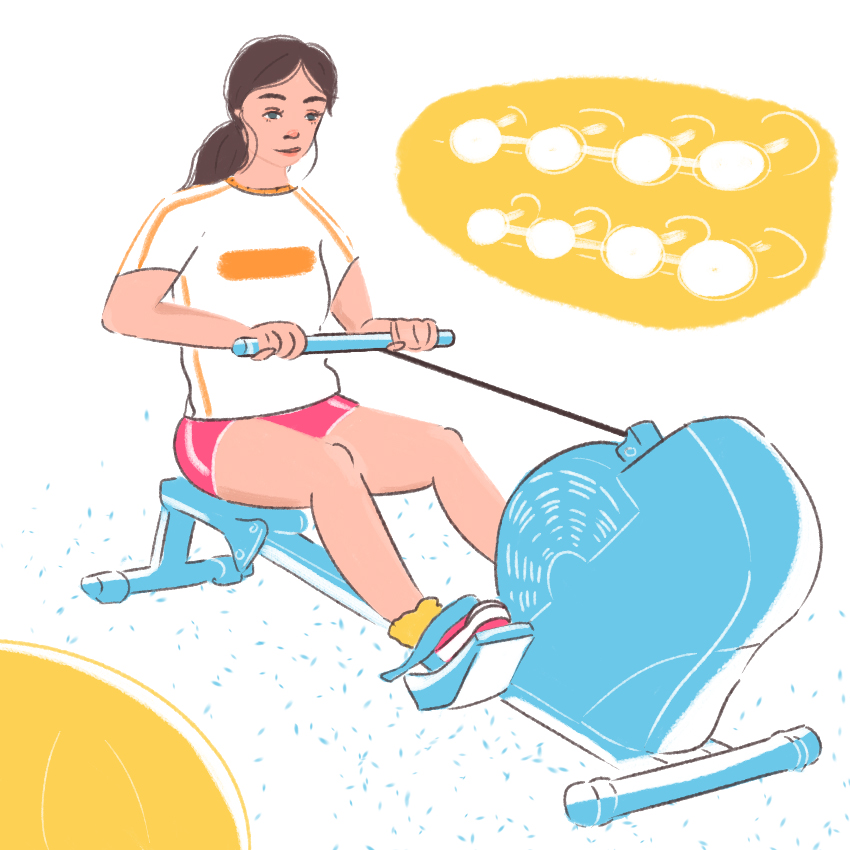
Just like our bodies’ response to food changes, so does our response to exercise. If your knees ache or your back can’t handle the sports and workouts that you enjoyed when you were younger, try lower-impact options like swimming or yoga. You could also try hiking, tai chi, Pilates, ballroom dancing, or cross-country skiing, depending on how you want to address your body’s needs and limitations. Whatever you choose, adopting and maintaining an active lifestyle is key to aging healthfully.
9. Kick in Those Kegels
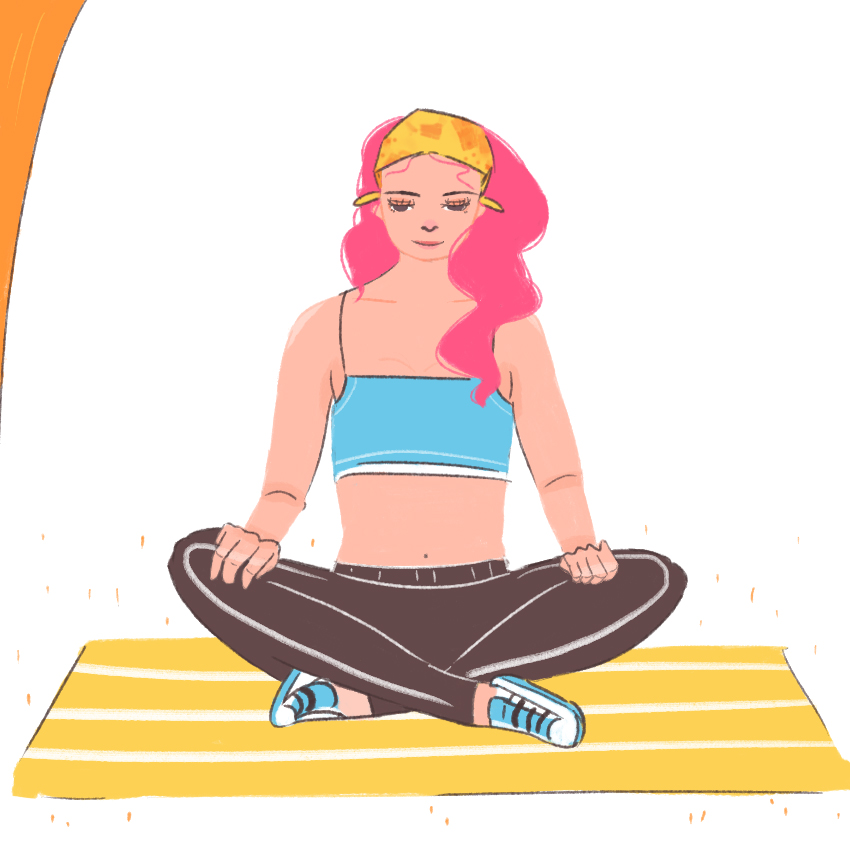
Kegel exercises aren’t just for pregnant ladies. Kegels can help women prevent or control urinary incontinence and other pelvic floor problems, according to the Mayo Clinic, which is why you should add them into your daily routine in your 20s and keep it up throughout your 30s.
To perform Kegels, first identify your pelvic floor muscles (stop peeing midstream to do this). Next, get in a comfortable position and tighten your pelvic floor muscle and hold for five seconds, then relax for five seconds. Be sure not to flex the muscles in your abdomen, thighs, or butt, and don’t hold your breath. Repeat the exercise four or five times in a row. As the Kegel exercises get easier, you can work up to keeping the muscles contracted for 10 seconds at a time and relaxing for 10 seconds between contractions. It’s recommended that you do the exercises three times a day. (The best part? You can do these literally anywhere.)
10. Keep an Eye on Your Blood Pressure
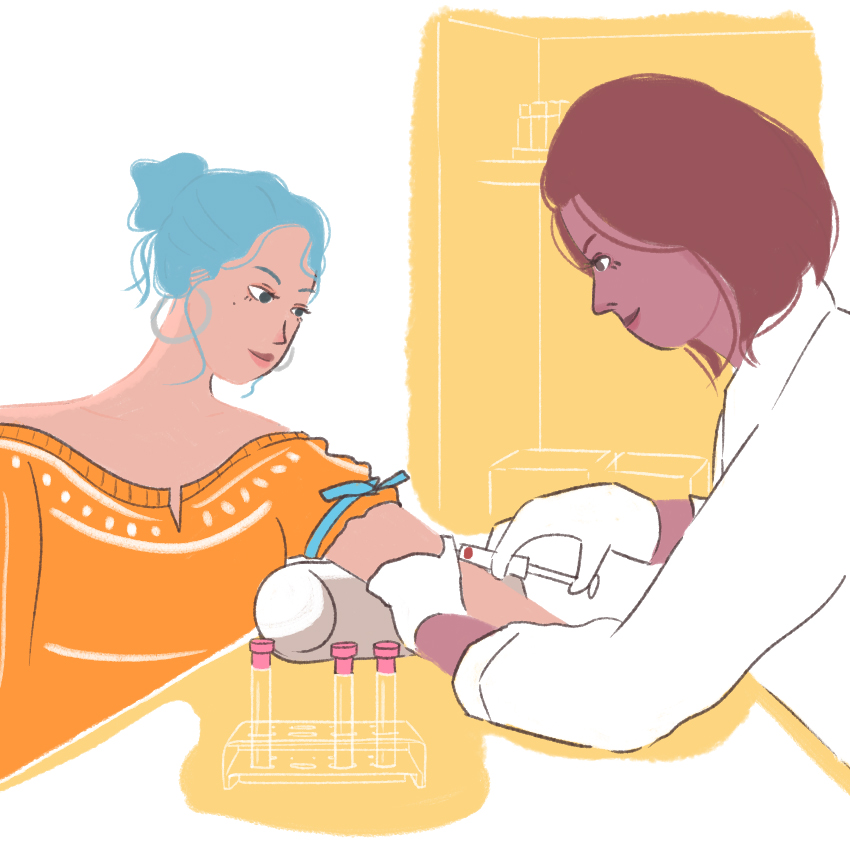
Heart disease is the leading cause of death for women in the United States, according to the CDC, and the American Heart Association says that not only do women make up nearly half of all adults with high blood pressure, but as women age, they are more likely than men to develop high blood pressure. Health factors such as pregnancy and birth control can also increase your risk, which is why it’s important in your 20s and 30s to start getting your blood pressure tested every two years if it’s normal and have your cholesterol checked every five years.
When you get tested, Health.com says that your doctor will "administer a lipid profile, a blood test that checks for LDL (bad) and HDL (good) cholesterol, triglycerides, and total cholesterol levels. If you have a family history of heart disease or other risk factors, she may recommend a high-sensitivity CRP test (hs-CRP), which measures inflammation, an indicator of heart health. If you have a history of depression, you may have increased levels of inflammation. These tests help determine your level of risk for heart disease (the number-one killer of women) and stroke.”
11. Get Regular Pap Tests

Women in their 20s and 30s should get a Pap test (also known as a Pap smear) every three years, according to the Office on Women’s Health. However, you may want to be tested every year if you have a weakened immune system because of organ transplant, chemotherapy, or steroid use; if your mother was exposed to diethylstilbestrol (DES) while pregnant; if you have had treatment for abnormal Pap results or cervical cancer in the past; or if you are HIV-positive.
Pap tests are done to look for cancers and precancers (cell changes that might become cancer if they are not treated) in the cervix. If you're seeing your OB-GYN regularly already, you're familiar with the procedure: Your doctor will put an instrument called a speculum into your vagina to open it and then swab your cervix to take a few cells, which can then be sent off for testing. The procedure doesn’t take long and should be only mildly uncomfortable, though not painful, and you may have some spotting afterward. They're annoying, to be sure, but so necessary!
12. And While You're There, Don't Forget an HPV Test
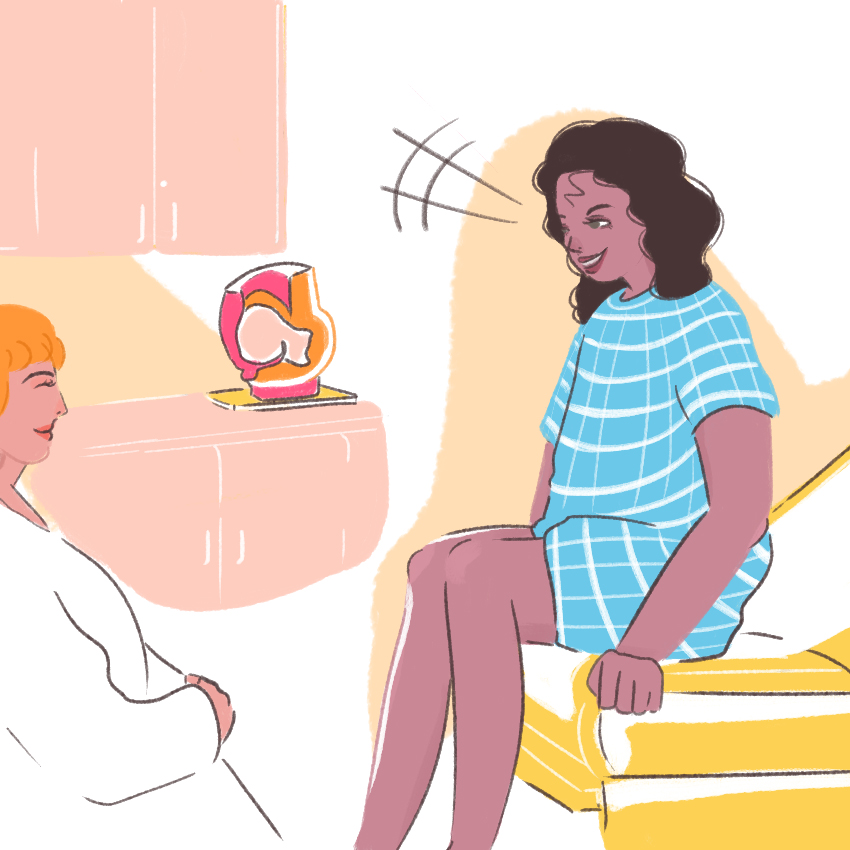
The Office on Women’s Health also advises women in their 30s to have a human papillomavirus (HPV) test done regularly. You can have the test performed at the same time as your Pap smear, and if done together, they can be scheduled every five years. However, according to the American Cancer Society, women between ages 21 and 29 should not get the HPV test done along with a Pap test. That’s because HPV is so common in women in their 20s, “that it’s not helpful to test for it.” Instead, a test should only be done if you receive an abnormal Pap test result.
Just like a Pap smear, an HPV test involves a pelvic examine where cell samples are collected from your cervix and sent off to be tested for the HPV virus. (Btw, if you do test positive, it is nothing to be ashamed of.)
13. Administer Regular Breast Self-Exams

A lot of women can feel squeamish about administering their own breast checks, but they're painless and easy to do at home. While it’s recommended that you start getting annual mammograms when you’re 45 years old, women in their 20s and 30s should perform breast self-exams at least once a month. “Forty percent of diagnosed breast cancers are detected by women who feel a lump, so establishing a regular breast self-exam is very important,” Johns Hopkins Medicine states, according to the National Breast Cancer Foundation. The foundation also provides a guide on how to do your own examination. Pro tip: Your partner can also help with self-exams and let you know if anything feels abnormal. If you have any concerns, check in with your doctor as soon as possible.
14. Don't Neglect Your Mental Health
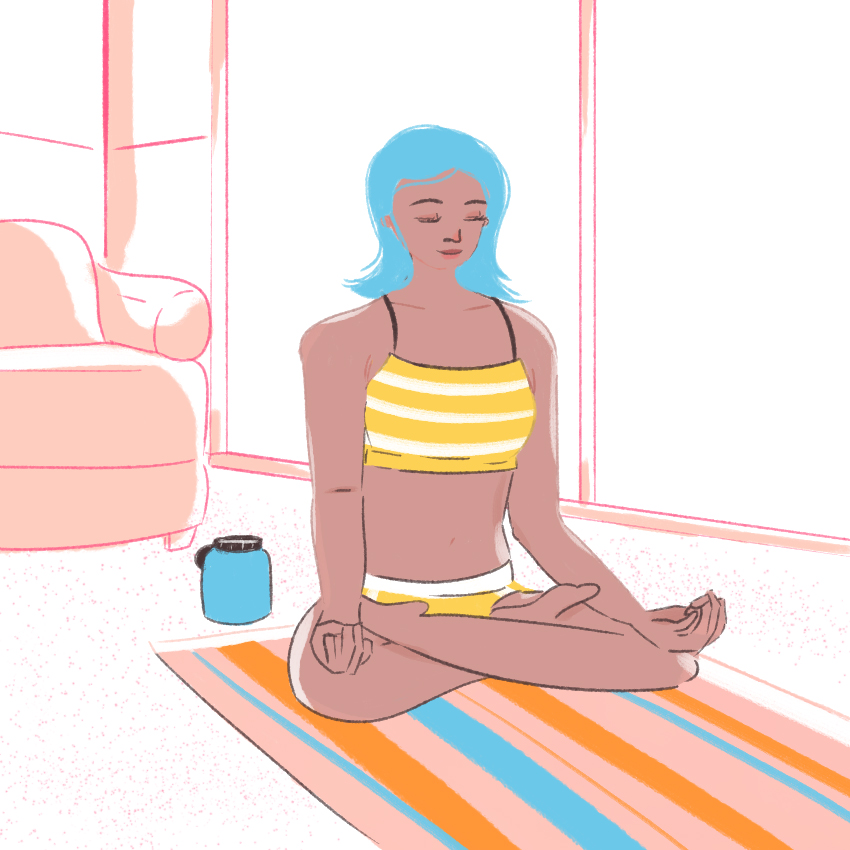
While attitudes continue to change around mental health — encouraging us to be more aware and open — it can still be difficult to make it a priority to manage our stress and to make sure that we aren’t neglecting our psychological and emotional side. To guarantee that your mental health is taken care of, try picking up a relaxing hobby that helps you unwind. Also, be sure to monitor your moods when you feel like you’re getting out of whack, and pinpoint (and eliminate or alleviate, if possible) any triggers. You could see a therapist or a counselor if you’re able, or even just talk to someone you trust. If you need some extra help, discuss medications with your doctor, and don’t give up if the first one doesn’t work. There are plenty of ways to manage your mental and emotional health, and they’re definitely worth it.




